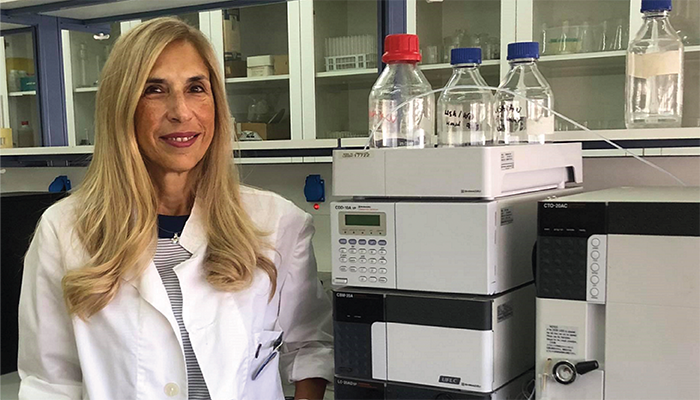Nobody can question the importance of green chemistry – or the fact that an analytical method must comply with a set of criteria so that it can be characterized as “green.” Indeed, several tools have been developed to evaluate and prove the greenness of a given method (1–7). But is greenness the only criteria we ought to be taking into consideration before selecting a method?
Of course, protecting the environment and ensuring the operator’s safety are top priorities, but there are several questions an analyst must also consider, for example:
- Is a method truly effective if the operator must synthesize the materials on their own?
- How practical is the use of a highly sophisticated instrumentation rarely found in most laboratories?
- How easy is it to construct the devices or equipment that must be incorporated in the method?
- How easily can the analytical scientist deviate from the protocol (especially important for accredited laboratories)?
These questions – and probably many others – demonstrate that greenness is not the only parameter an analytical scientist must evaluate when deciding whether or not to adopt a proposed method or protocol.
On the contrary, I strongly believe that the applicability and practicality of the method are of equal importance. Therefore, it is time to reassess and rebalance method selection so that all relevant factors are taken into consideration.
With this in mind, we – as part of a collaboration between two laboratories: the Laboratory of Analytical Chemistry, School of Chemistry in Aristotle University of Thessaloniki, Greece, and the Department of Analytical Chemistry, Faculty of Chemistry, in Gdańsk University of Technology, Poland – propose a new evaluation tool: the Blue Applicability Grade Index (BAGI). This software, designed by Natalia Manousi, Wojciech Wojnowski, Justyna Płotka-Wasylka and myself, aims to evaluate the “blue” character of a method, which refers to its practicality (8).

The color “blue” in our model is inspired by the red-green-blue (RGB) model – which combines a method’s ecological, analytical, and practical aspects, encompassing the “White Analytical Chemistry” concept (9,10).
Our new index is aimed to complement the available green metrics-based tools, such as complexGAPI and AGREEprep. We have also developed open-source desktop and web applications so that they can be easily used (these are available at: bagi-index.anvil.app).
The application generates an asteroid pictogram that describes the applicability and functionality of the analytical method, based on the following 10 criteria:
- type of analysis
- the number of analytes that can be simultaneously determined
- the analytical technique and the required analytical instrumentation
- the number of samples that can be simultaneously treated
- the sample preparation
- the number of samples that can be analyzed per hour
- the type of reagents and materials used
- the requirement for preconcentration
- the degree of automation
- the amount of sample required.
We think it is especially useful for comparing the performance of different analytical methods, where the aim is to show that one method is more practical and applicable than another by identifying its weak and strong points.
We hope that BAGI will gain the attention necessary to be widely applied in the chemical community – and that blue will be the new green!
References
- LH Keith et al. Chem Rev, 107, 2695–2708 (2007). DOI: 10.1021/cr068359e.
- A Gałuszka et al., TrAC - Trends Anal Chem, 37, 61–72 (2012). DOI: 10.1016/j.trac.2012.03.013.
- J Płotka-Wasylka, Talanta, 181, 204–209 (2018). DOI: 10.1016/j.talanta.2018.01.013.
- F Pena-Pereira, W Wojnowski and M Tobiszewski, Anal Chem, 92, 10076–10082 (2020). DOI: 10.1021/acs.analchem.0c01887.
- J Płotka-Wasylka and W Wojnowski, Green Chem, 23, 8657–8665 (2021). DOI: 10.1039/D1GC02318G.
- W Wojnowski et al., TrAC - Trends Anal. Chem, 149, 116553 (2022). DOI: 10.1016/j.trac.2022.116553
- R González-Martín et al, J Chromatogr A, 17017 (2023). DOI: 10.1016/j.chroma.2023.464291
- N Manousi et al., Green Chem, 19 (2023). DOI: 10.1039/D3GC02347H.
- PM Nowak, R Wietecha-Posłuszny and J Pawliszyn, TrAC - Trends Anal Chem, 138, 116223 (2021). DOI: 10.1016/j.trac.2021.116223.
- PM Nowak and P Kościelniak, Anal Chem, 91, 10343–10352 (2019). DOI: 10.1021/acs.analchem.9b01872.




